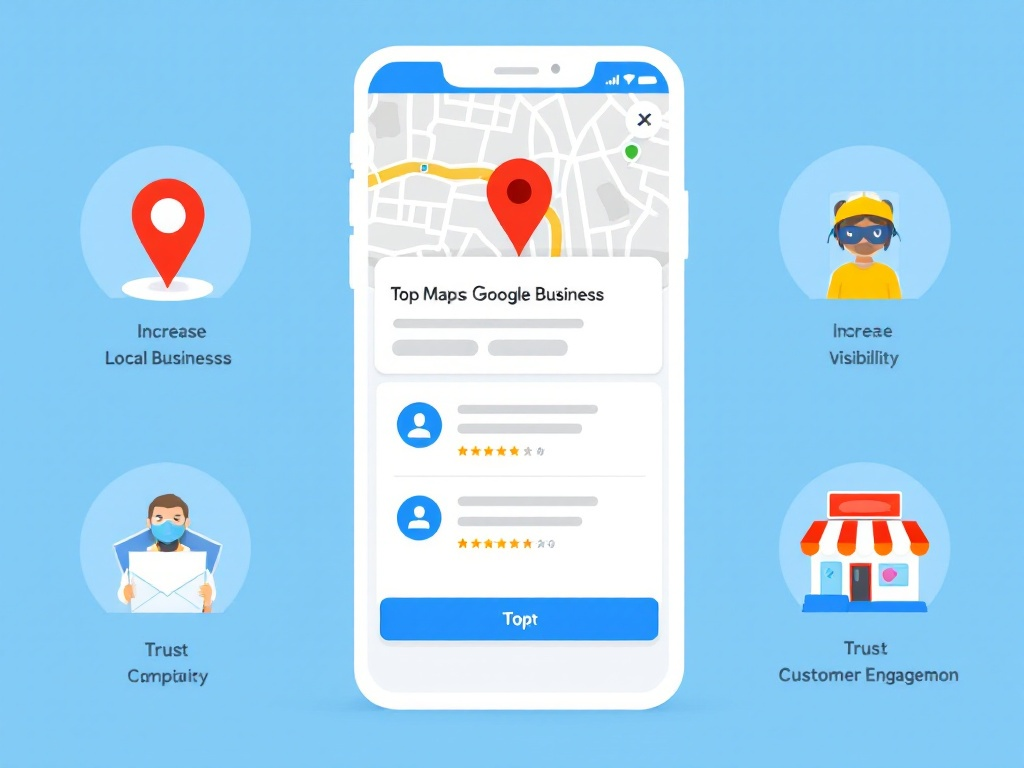Why Putting Employees First Enhances Customer Experience
In a data driven world where metrics and margins often take center stage, it is easy to overlook the human element that truly drives success: the employees. These are the individuals who bring passion, creativity, and dedication to their roles every day. They are the heartbeat of any organization, transforming visions into reality and interactions into lasting impressions. However, their contributions can sometimes be overlooked due to a focus on numbers and targets.
However, at the heart of every thriving company lies a simple truth: when you put employees first, everything else falls into place, especially the customer experience. By valuing and empowering those who are the face of a brand, a foundation of trust and excellence resonates with every customer interaction.
The Human Connection
It is very satisfying to go to a business or call a company and deal with an individual who seems to really care. They wear a smile on their face, you can hear the warmth in their voice, and you feel like you are important. The extension of courtesy comes from the employees themselves because they are treated well and allowed to work with dignity.
Creating a Culture of Care
This is because a workplace that pays attention to the well-being of its employees creates a culture of care. It is a place where people can freely voice their opinions, creative ideas and even contribute to their personal development. This environment fosters innovation given the fact that employees are not only working to receive a paycheck, but they are part of a family.
Empowerment Leads to Excellence
Providing employees with the necessary equipment, information, and freedom to perform their duties is in power. It enables them to make decisions for themselves and have them take the lead in their work. This empowerment results in improved delivery service since the employees are more assured and equipped to meet the customers’ needs. They become problem-solvers and the voice of customers and ensure every contact ends the customer’s way.
Feedback as a Two-Way Street
It is also important to pay attention to the employees’ needs and wants as much as they pay attention to the customers. This way, the employees are confident that their opinions will be valued, and they are therefore valued in the organization. This is because an open line of communication ensures that there is trust and accountability in the workplace.
Recognition Fuels Passion
Everyone loves a pat on the back, and it is a great tool to motivate people at the workplace. When employees are rewarded for their efforts and accomplishments, it makes them feel that they are being appreciated and wanted to contribute. This recognition does not necessarily have to be noticeably big; it can be something as small as saying thank you or announcing the employee of the month in the meeting. When employees are appreciated in the workplace, they get to work with more passion, and this has a positive impact on the quality of service that they offer to the customers.
Real-World Success Stories
There are companies such as Zappos and Southwest Airlines that can be excellent examples of how to create a happy workforce. These organizations have become known for having the best customer service records and this was not by luck but by purpose. They know that a happy employee equals a happy customer, and this has been their foundation and continues to set their businesses apart.
A Win-Win for All
This is not a strategy of “putting employees first,” it is a philosophy which benefits all the parties involved and creates a win-win situation. It is crucial as it helps the employees to feel appreciated and wanted while the customers get excellent services from the company and in return, the company grows. It is a chain of positivity that builds up on itself to prove that investing in people is the best decision.
Conclusion
To wrap things up, when implementing an employee’s first concept must not only be to enhance customer experience but to create a better workplace. It is about understanding that at the end of the day, every business is managed by people and that when we treat these people well, they will treat the world well.
It is high time that we lift our heads away from the stacks of reports and embrace this approach. It might do more than change our businesses, but it might just change course.









